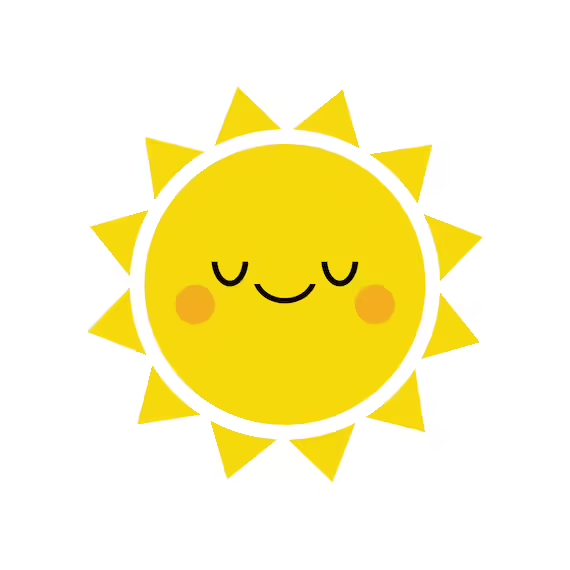Stamp: Greetings From Bulgaria (Bulgaria 2025)
Greetings From Bulgaria (Bulgaria 2025)
01 March (Bulgaria ) within release Greetings Stamps (2025) goes into circulation Stamp Greetings From Bulgaria face value 1.50 Bulgarian lev
| Stamp Greetings From Bulgaria in catalogues | |
|---|---|
| Colnect codes: | Col: BG 2025.03.00-02 |
Stamp is square format.
Also in the issue Greetings Stamps (2025):
- Stamp - Greetings From Bulgaria face value 1.50;
- Stamp - Greetings To A Loved One face value 0.95;
|
Data entry completed
46%
|
|
|---|---|
| Stamp Greetings From Bulgaria in digits | |
| Country: | Bulgaria |
| Date: | 2025-03-01 |
| Emission: | Commemorative |
| Format: | Stamp |
| Face Value: | 1.50 Bulgarian lev |
Stamp Greetings From Bulgaria it reflects the thematic directions:
Birds (Aves), a subgroup of Reptiles, are the last living examples of Dinosaurs. They are a group of endothermic vertebrates, characterised by feathers, toothless beaked jaws, the laying of hard-shelled eggs, a high metabolic rate, a four-chambered heart, and a strong yet lightweight skeleton. Birds live worldwide and range in size from the 5 cm (2 in) bee hummingbird to the 2.75 m (9 ft) ostrich. They rank as the class of tetrapods with the most living species, at approximately ten thousand, with more than half of these being passerines, sometimes known as perching birds. Birds are the closest living relatives of crocodilians.
A flag is a piece of fabric (most often rectangular or quadrilateral) with a distinctive design that is used as a symbol, as a signaling device, or as decoration. The term flag is also used to refer to the graphic design employed, and flags have since evolved into a general tool for rudimentary signalling and identification, especially in environments where communication is similarly challenging (such as the maritime environment where semaphore is used). National flags are patriotic symbols with varied wide-ranging interpretations, often including strong military associations due to their original and ongoing military uses. Flags are also used in messaging, advertising, or for other decorative purposes. The study of flags is known as vexillology, from the Latin word vexillum, meaning flag or banner.
A hand is a prehensile, multi-fingered organ located at the end of the forearm or forelimb of primates such as humans, chimpanzees, monkeys, and lemurs. A few other vertebrates such as the koala (which has two opposable thumbs on each "hand" and fingerprints remarkably similar to human fingerprints) are often described as having "hands" instead of paws on their front limbs. The raccoon is usually described as having "hands" though opposable thumbs are lacking.
The Sun, also known as Sol, is a star at the center of the solar system. It is a white star that gives off different types of energy such as infrared energy (heat), ultraviolet light, radio waves and light. It also gives off a stream of particles, which reaches Earth as "solar wind". The source of all this energy is nuclear fusion. Nuclear fusion is the reaction in the star which turns hydrogen into helium and makes huge amounts of energy. It is a nearly perfect ball of hot plasma.




